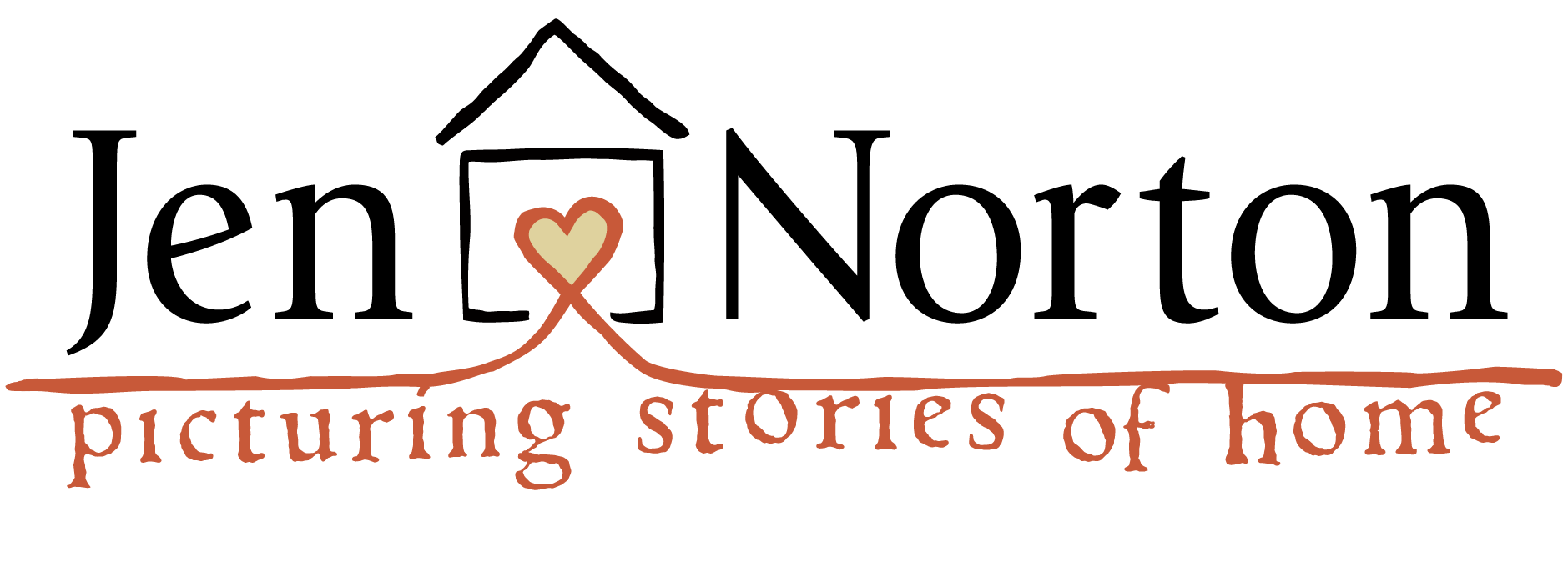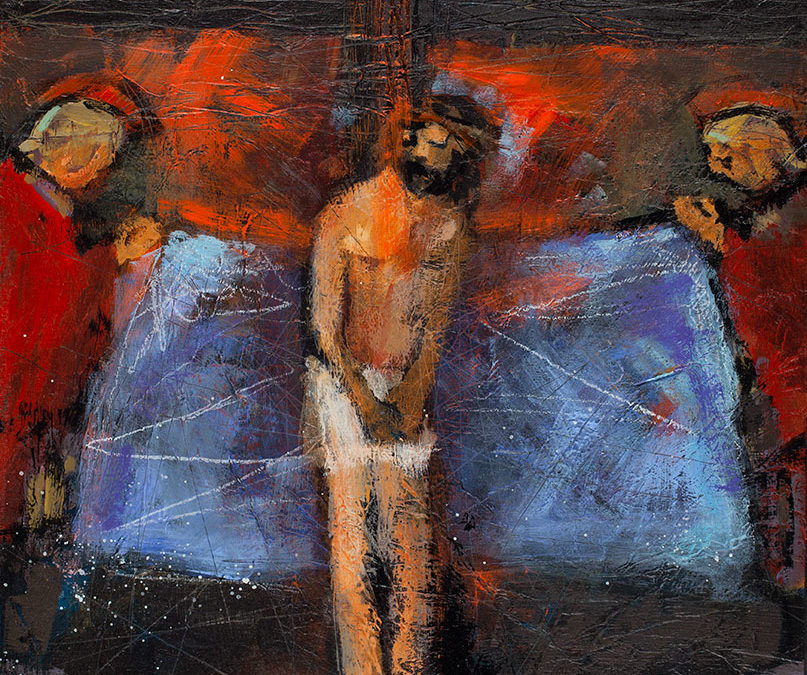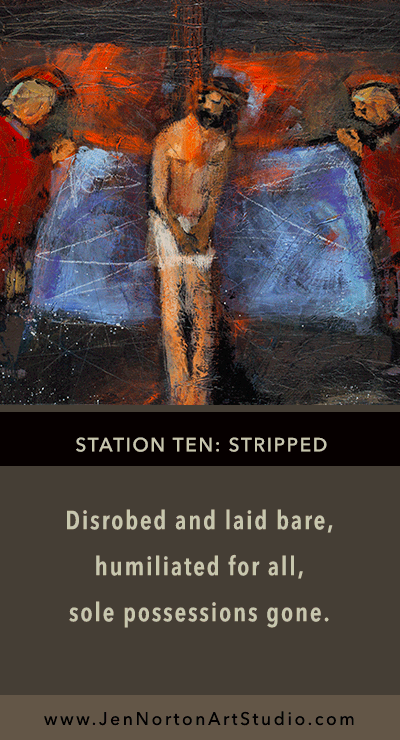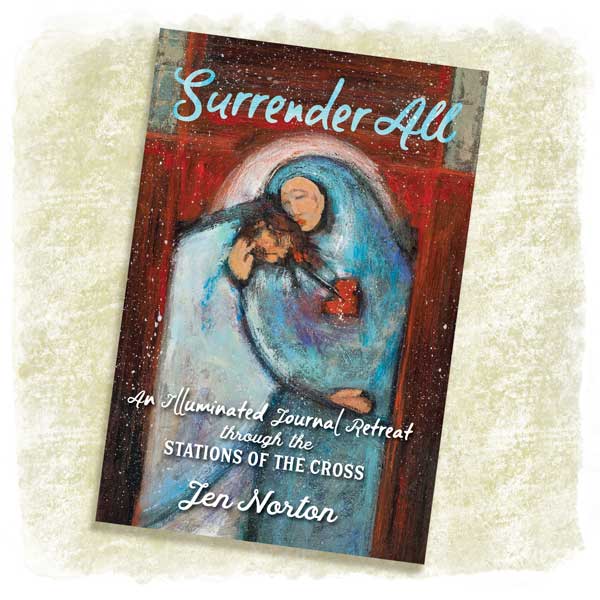“Station Ten: Jesus is Stripped of His Garments”
12 x 12” Acrylic on wood
Note: original art does not include haiku
Set of 14 Stations $8000
Jesus has been condemned, beaten, and is exhausted. Now he is naked and exposed, shamed and stripped of his last earthly possessions. It seems evil has won. At the top of Mount Calvary, the rocky bottom has been hit.
In John 19:23-24, we read that each of four soldiers got part of his clothing, but they cast lots for his tunic, which was seamless, “woven in one piece from the top down” — just like the veil before the “holy of holies” or the inner sanctuary of the Tabernacle. As always with God, there is deeper meaning. Clothing indicates a man’s status in society. Why would the soldiers want Jesus’ dirty old clothes? Why wouldn’t they just have tossed them aside? They may not have known their significance, but their actions fulfilled the scripture in Psalm 22:19, “…they divide my garments among them; for my clothing they cast lots”. Although poor, Jesus’ tunic indicated his true nature as a High Priest.
Jesus’ tunic indicated his true nature as a High Priest.
Way back in Leviticus (14:4), Aaron is given instruction on what to wear to enter the sanctuary as a High Priest on the Day of Atonement, including the “sacred linen tunic”. As I understand it, the tunic, or outer garment, would have been woven without a seam. This would have been a specially-made garment, one of great value. However bloody and dirty Jesus’ tunic was by the time the soldiers cast lots, it was a symbol of his divine role as High Priest of the church, and it would not be divided.
Color is symbolic in each of my Stations pieces: Red = Points of pain; White = Movement of the Holy Spirit; Blue = God’s presence; Black = the weight of the cross; Neutrals = Humanity.
Pray: For the health of families and for reconciliation for troubled marriages.
Action: Receive the Grace of the Sacrament of Reconciliation during this Lenten season.






